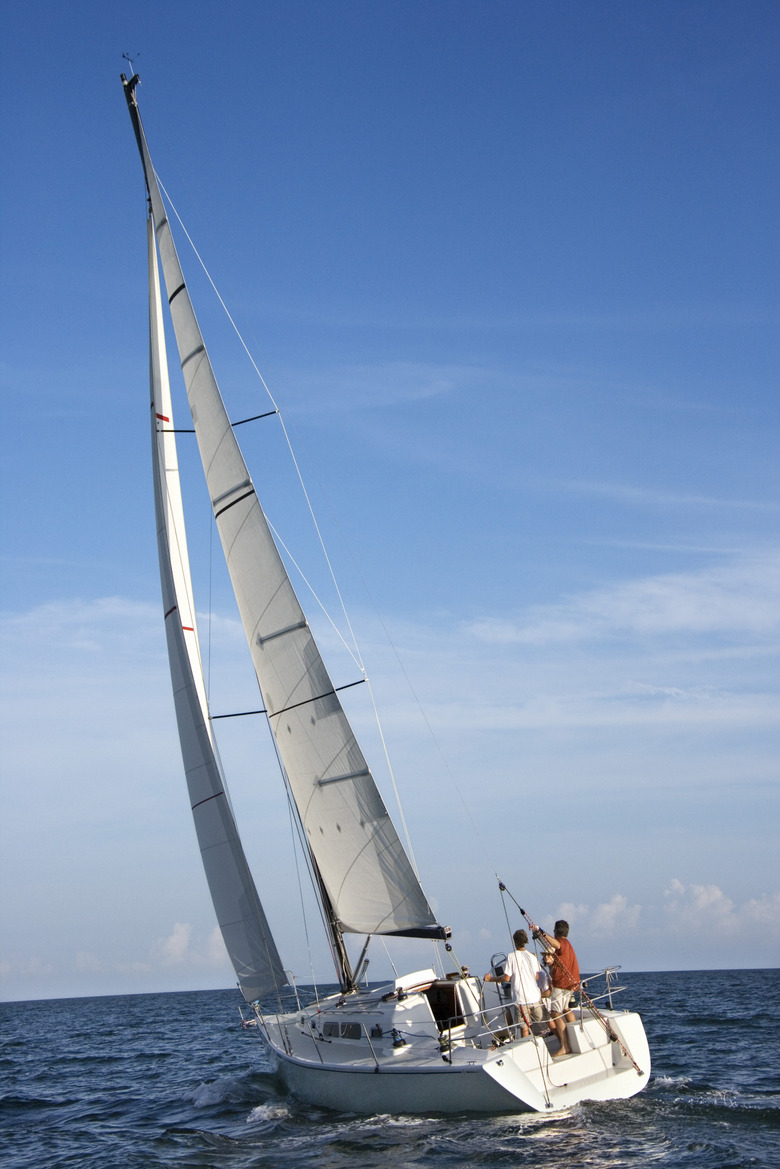Devices That Measure Wind Speed
Wind is both beneficial and damaging. The most dangerous parts of storms are the high winds that can blow down trees, take roofs off of houses or strand boats at sea. On the other hand, wind is an important part of many renewable energy projects and is necessary for sailing or flying a kite. A variety of weather instruments–including smartphone apps–measure wind speeds with sound, light and the mechanical force of wind itself.
Wind Anemometer
Wind Anemometer
Anemometers are one of the simplest weather tools used to measure wind speed; some also establish wind direction. The basic anemometer resembles a windmill or weather vane. It consists of a propeller with cups at the ends of the blades to catch the wind. The speed that the air makes the propeller spin determines wind speed. Hot-wire anemometers determine very small changes in wind speed by measuring how much power is required to heat a wind-blown wire to a constant, standard temperature.
Doppler Radar
Doppler Radar
Scientists developed Doppler radar in the 1960s to measure wind speed and direction in storms. Before this development, it was very difficult to know what was happening in a storm's interior. Doppler radar revolutionized the study of weather by measuring the speed and direction of a moving object such as wind-blown rain. It does this by measuring changes in radar waves moving toward or bouncing off an object. Radar sends microwaves toward a target area and then measures how the waves have been altered as they return toward the microwave-emitting device.
Laser-Based LIDAR
Laser-Based LIDAR
Light detection and ranging operates like Doppler radar, except laser beams are used instead of a beam of microwaves. Unlike radar, LIDAR measures wind speeds closer to the ground and analyzes the effects of wind on buildings and trees, which are at ground level. LIDAR measures wind speed by analyzing the speed that some of the laser light bounces back to the emitter from naturally occurring microscopic drops of liquid in the air. The speed at which the laser light is returned to the emitter determines wind speed. Although it has many uses, LIDAR is especially useful in calibrating wind turbines for renewable energy projects.
Sound-Based SODAR
Sound-Based SODAR
Sonic detection and ranging also uses the Doppler effect to determine wind speed. Like LIDAR, it measures wind speeds close to the ground and is most commonly used to calibrate wind turbines.
SODAR determines wind energy by analyzing how wind alters sound waves. It can more accurately determine wind conditions below 60 meters elevation because it uses a horizontal sound wave at 60 meters elevation and two nearly vertical waves radiating from the ground surface to determine wind speed.
Cite This Article
MLA
Peterson, John. "Devices That Measure Wind Speed" sciencing.com, https://www.sciencing.com/devices-measure-wind-speed-4818/. 25 July 2018.
APA
Peterson, John. (2018, July 25). Devices That Measure Wind Speed. sciencing.com. Retrieved from https://www.sciencing.com/devices-measure-wind-speed-4818/
Chicago
Peterson, John. Devices That Measure Wind Speed last modified March 24, 2022. https://www.sciencing.com/devices-measure-wind-speed-4818/
